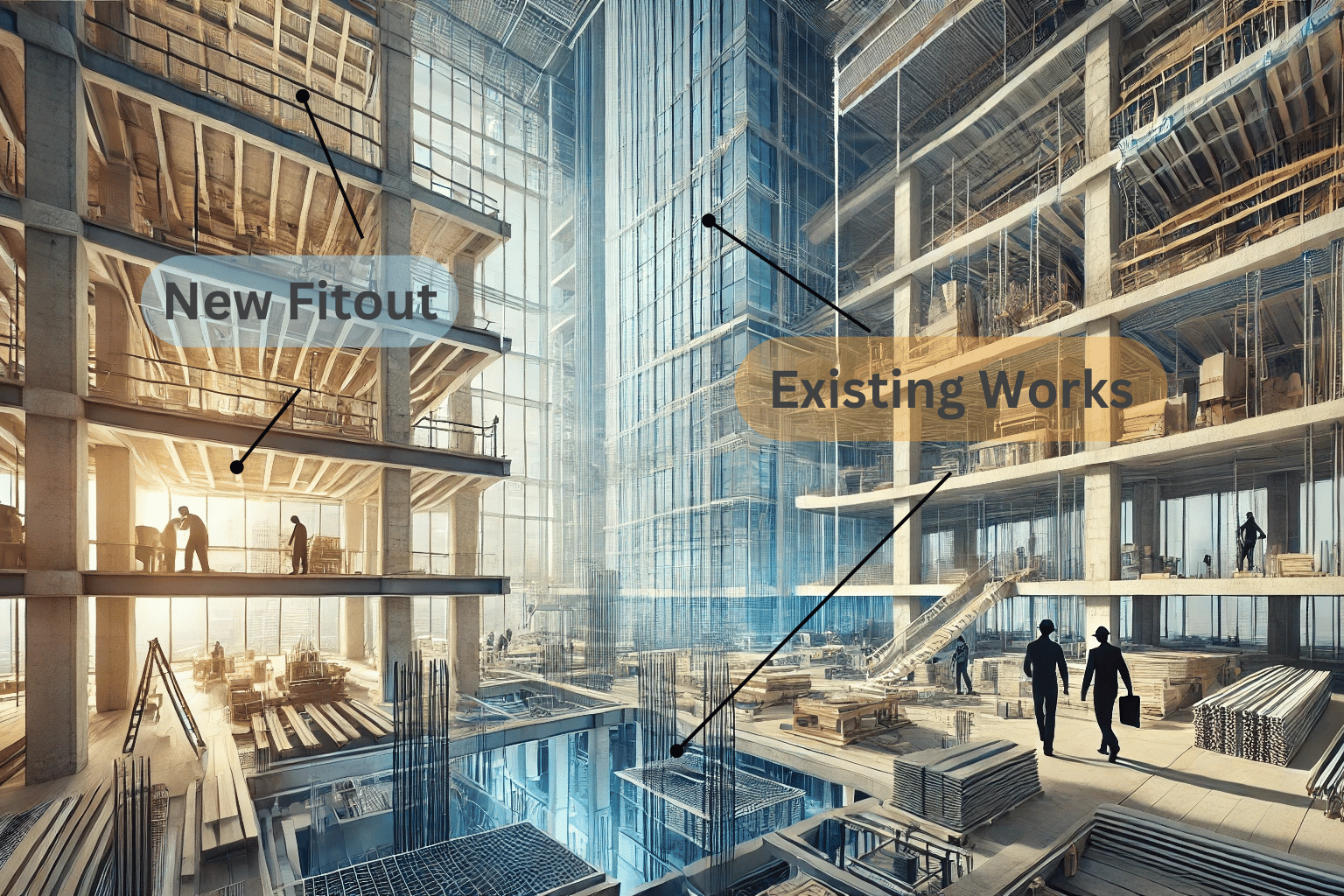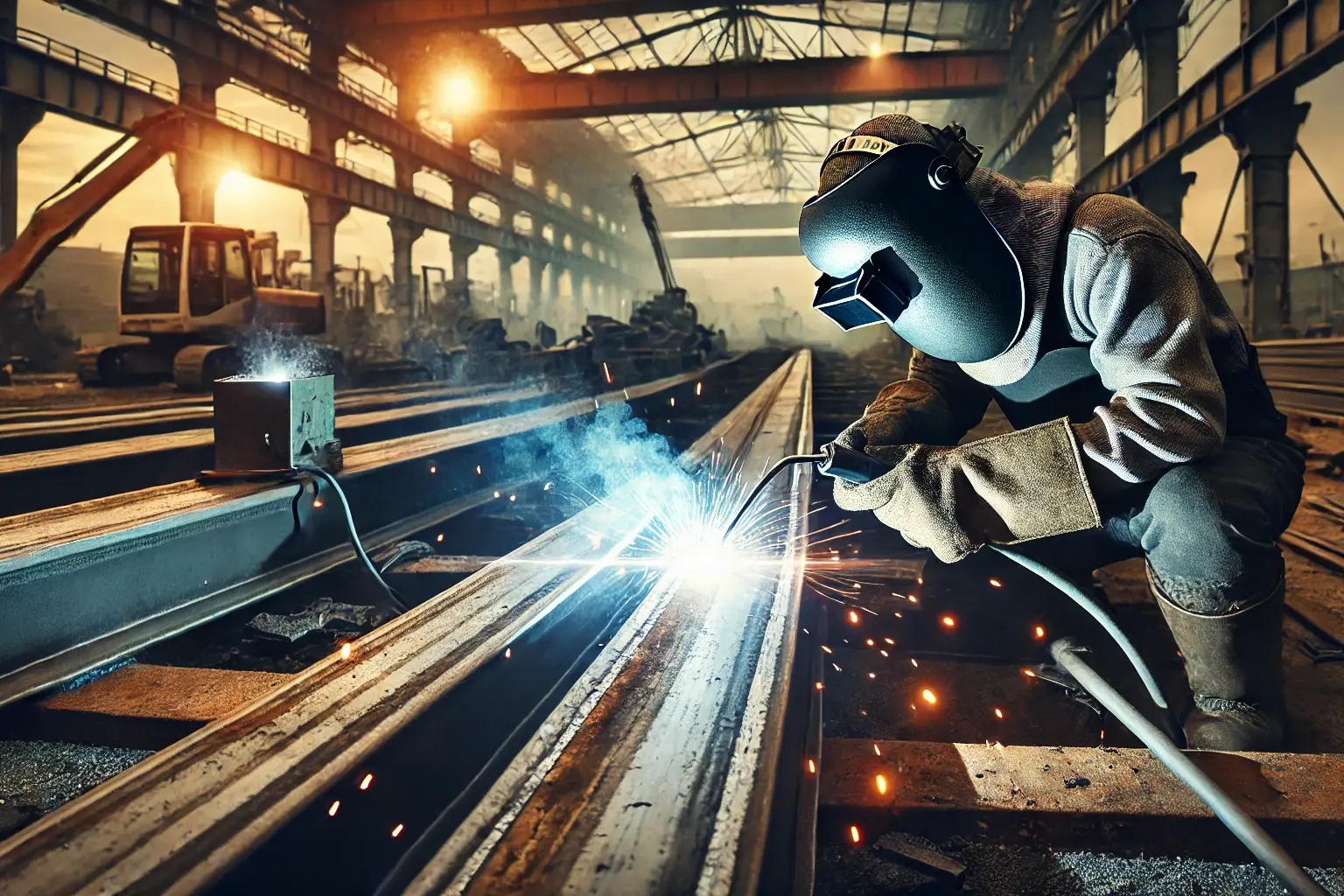Racking systems are commonly used in warehouses, distribution centers, and other industrial facilities to store and organize products, materials, and equipment. During an earthquake, seismic forces can cause the ground to shake and shift, which can put significant stress on racking and shelving systems and cause them to fail.
Seismic design for racking helps in earthquakes by ensuring that systems are designed and constructed to withstand seismic forces and prevent collapse or failure during an earthquake.
Some of the key elements for racking include strong connections between racking components, additional bracing for stability, correct anchoring to the floor and adequate spacing between racks.
In this article we bring together our ‘best of’ selection of articles to give you an overview of:
- Racking and shelving in New Zealand
- What can be done to remediate weak slabs
- The use of base isolation in storage and racking
Increasing the storage capacity of racking and shelving
As businesses grow, the need to increase storage capacity is common. It’s important to ensure the original design of the racking system is able to accommodate the additional storage being added. In many cases, additional storage will require modifications to existing structures or the addition of racking and shelving.
Make sure you read our Racking and Shelving – Getting it Right article on standards and recommendations for design, layout, capacity and modifications for an overview on what to consider for your racking solutions.
Weak Slab Remediation
There are a number of reasons why a concrete slab might not have the correct thickness. This can occur in older buildings built to earlier seismic codes. It is also seen in newer buildings where the slab has been designed for traffic and storage, but not for pallet racking and seismic loading. A common question in the case of weak slabs is how this can be fixed.
In this article on the remediation of weak slabs we address a number of reasons why a slab or racking system might fail due to a weak slab and how this can be addressed.
The Use of Base Isolation in Racking and Storage
The use of base isolation in racking design is not common, but there are some situations where it is worth considering. For example, the storage of expensive equipment or when you want to reduce the amount of force that is transferred through the floor in a seismic event.
Matt Bishop shares more details and demonstrates the role of base isolation in the seismic design of racking in this video.
The importance of seismic design
There are a number of reasons why an interior seismic engineer should design racking systems. These include safety, code compliance, the protection of products and equipment and the cost savings of a system that functions well when it needs to.
If you have a project you’d like our team to help out with, get in touch or request a quote and we’ll get back to you to discuss further.
How to handle seismic rating for existing fit-out and building code compliance for new fit-out
Managing seismic safety in building projects can be complex, especially when dealing with both new and existing…
Understanding the 2024 Updates to the AWCI Code of Practice for Suspended Ceilings
What are the key updates to the 2024 AWCI Code of Practice for suspended ceilings? As discussed by Matt Bishop and Gye…
Hardness Testing: A Best Practice for Outsourcing Steel Production
When outsourcing steel production overseas, ensuring material quality can be a challenge, and relying on mill…


